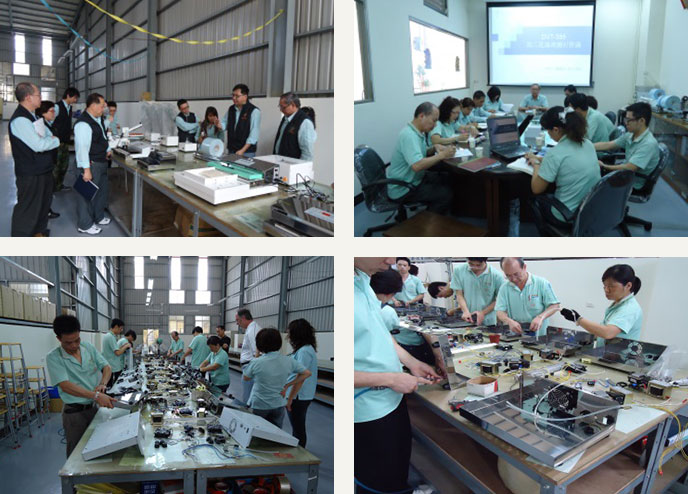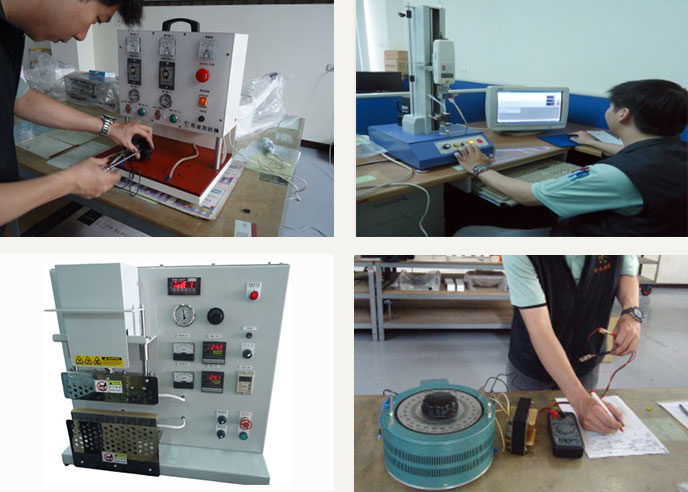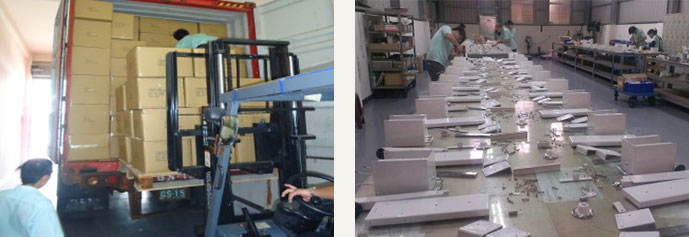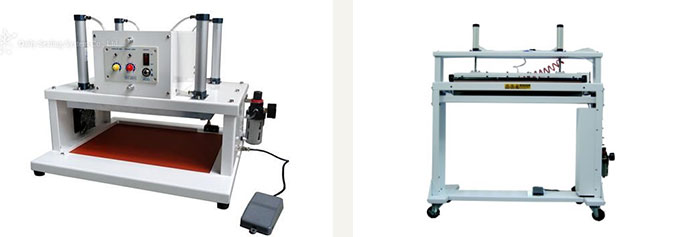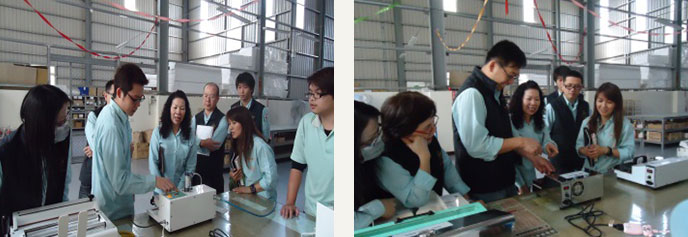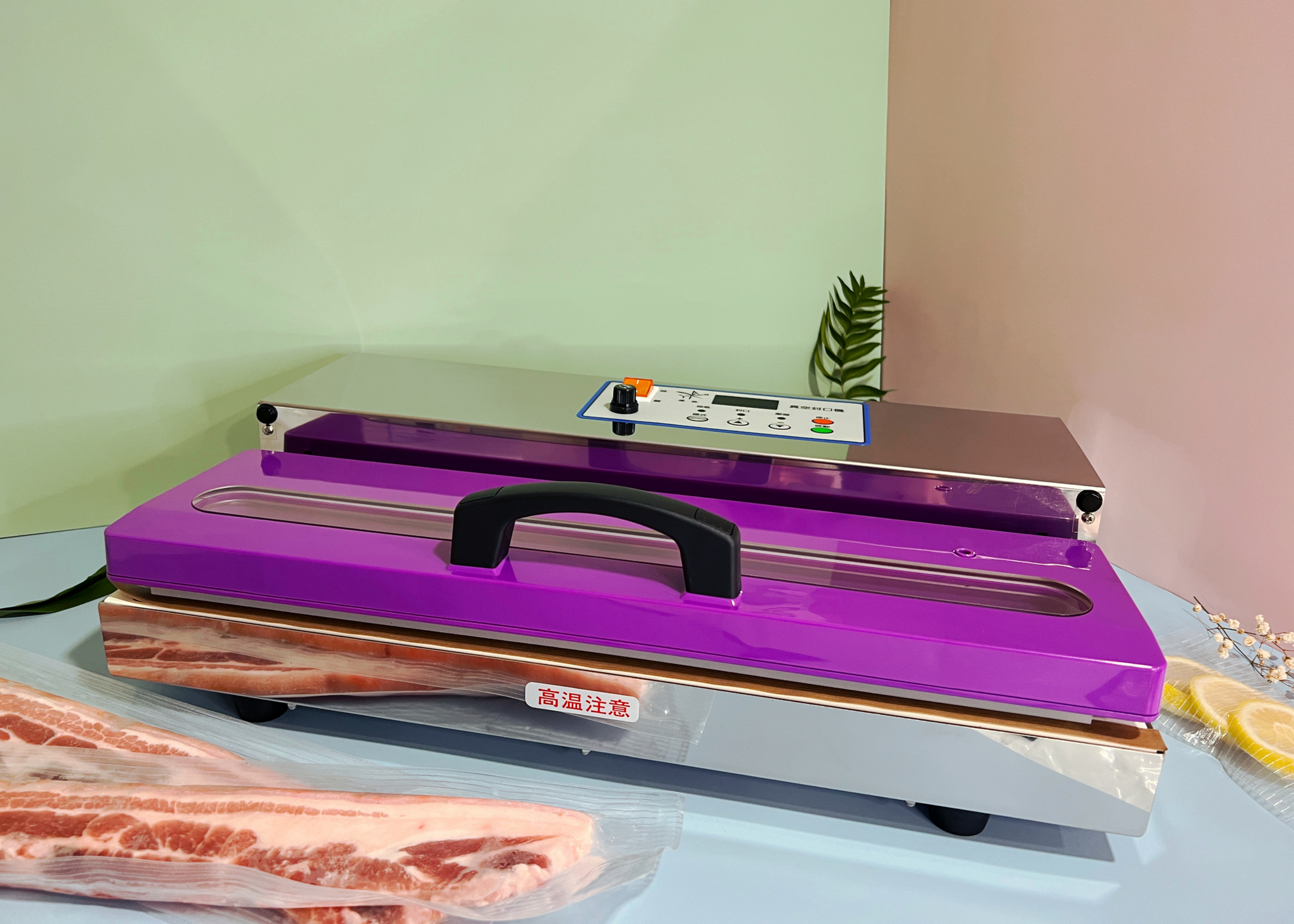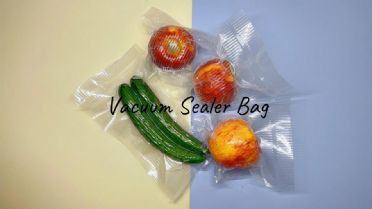Sealing length: 35cm.
Single heating bar. Suitable material of bag: aluminum, tinfoil, sterilization bag, vacuum nylon bag.
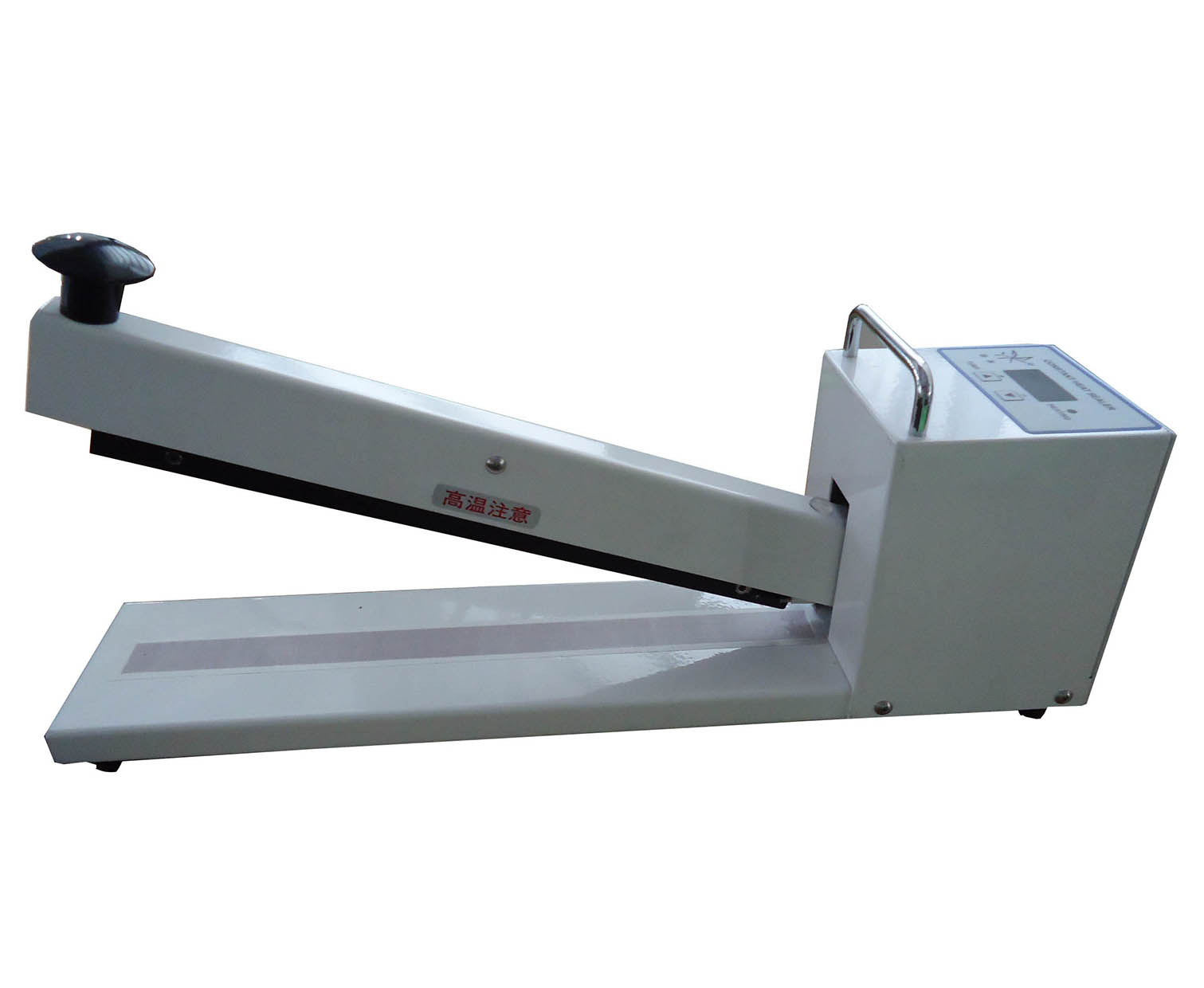
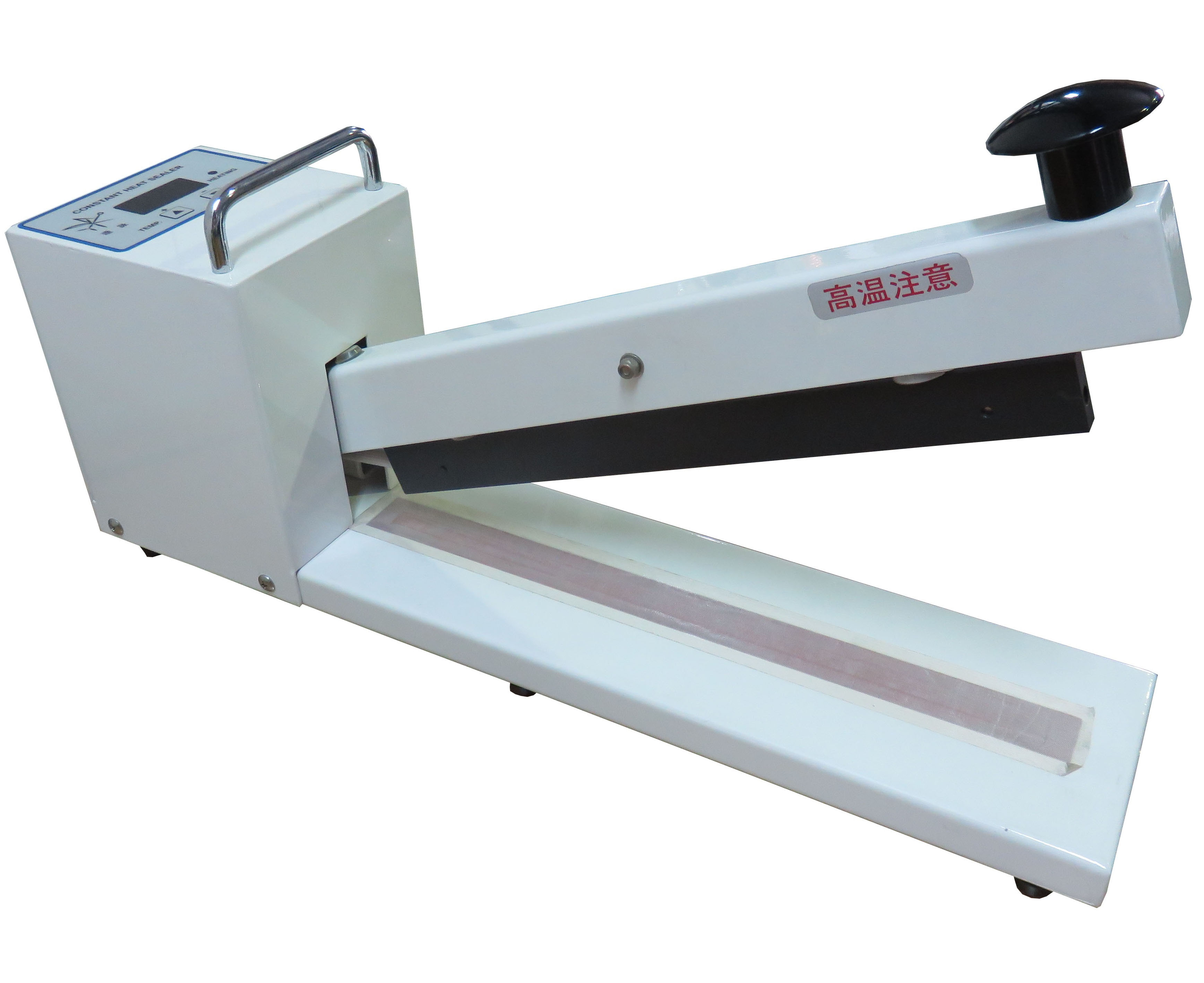
Hand type constant heat sealer:
• Machine: made of metal plate coating, keeps hygiene and safety
• Sealing bar with Teflon coating.
• Thermostatic control: as per package material and degree of thickness to adjust increasing temperature for good sealing quality steadily.
• Hand type constant heat sealer suitable material of bag: aluminum, tinfoil, sterilization bag, vacuum nylon bag.
| Model No. | DH-350DR |
|---|---|
| Sealing type | Constant Heat |
| Voltage/Ampere | 110V / 1.8A, 220V |
| Power | 200W(110V) |
| Max.sealing | 350.0 x 10.0 mm |
| Machine weight | 5.5 kgs |
| Machine size | 515 x 220 x 120 mm |
| Sealing Temperate | 90 - 250℃ |
| Warm up time | 5- 10 mins |
| Heating | Single |
Hand type constant heat sealer:
